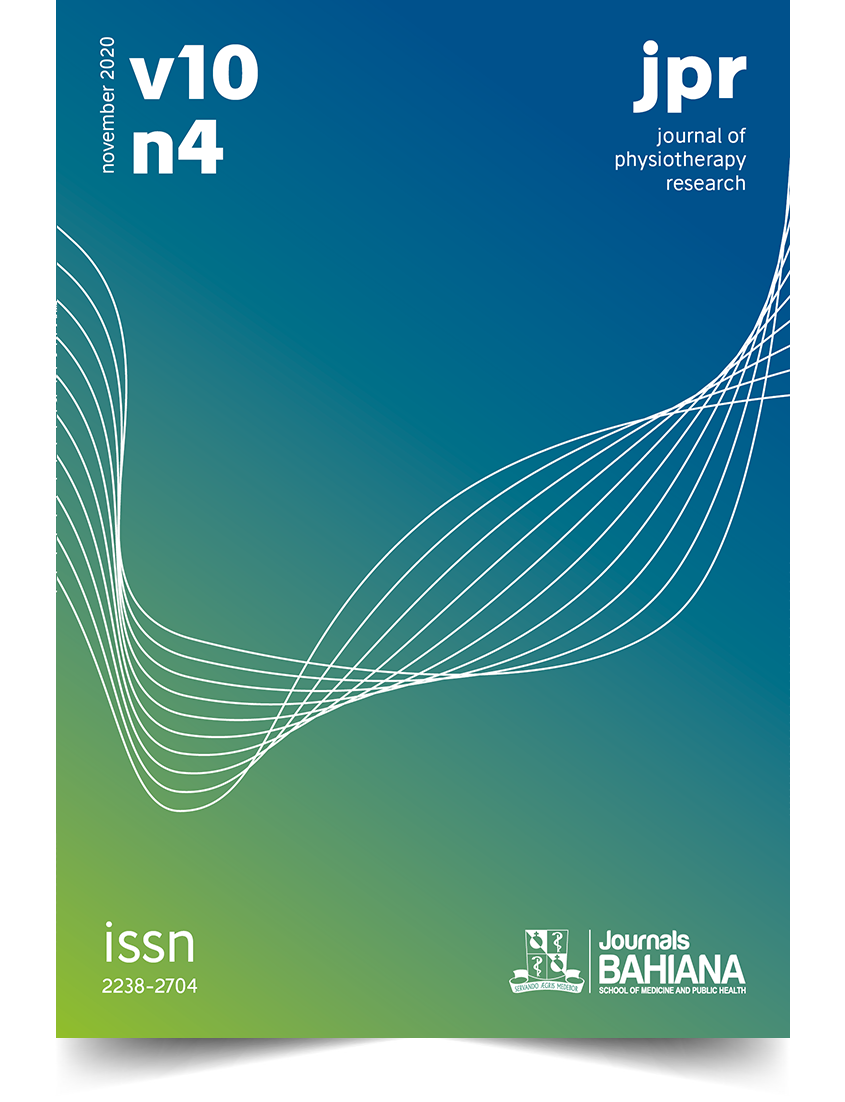The prevalence of urinary incontinence in women practicing high-impact exercises
DOI:
https://doi.org/10.17267/2238-2704rpf.v10i4.3237Keywords:
Urinary incontinence. Physical exercise. Pelvic floor.Abstract
INTRODUCTION: UI affects about 10 million Brazilians of all ages, being twice as common in females, according to the Brazilian society of urology. Any involuntary loss of urine according to the ICS is considered, and can be classified into IUU, IUE and MUI. Treatment for UI can be surgical, pharmacological or physiotherapeutic. OBJECTIVE: To identify the prevalence of urinary incontinence in women, who practice high-impact physical exercise, compared to women who do not practice physical activity. MATERIALS AND METHODS: The study was a cross-sectional study, where a case study was carried out on the involuntary loss of urine by women during impact physical exercise. The participants were divided into two groups: Group 1, women practicing high-impact physical exercises and Group 2, women not practicing physical exercises. The volunteers performed the one-hour Pad test, standardized by ICS. In addition, all responded to the International Consultation on Incontinence Questionnaire - Short Form (ICIQ-SF). RESULTS: SUI symptoms were present in both investigated groups. However, it was possible to prove that in the group where women practiced high-impact exercises, the loss of urine was much greater in quantity and quality, with results exceeding 60% in the practitioners of high-impact exercises. CONCLUSION: Women who practice high impact exercises showed greater urinary loss as evidenced by the Pad test and a greater interference of these urinary symptoms in the quality of life proven by ICIQ-SF.Downloads
Download data is not yet available.
Downloads
Published
11/27/2020
Issue
Section
Original Articles
How to Cite
1.
Mesquita VC, Aragão MI da C, Correia SA, Pereira AS, Gomes SCL, Azevedo K de M, et al. The prevalence of urinary incontinence in women practicing high-impact exercises. Rev Pesq Fisio [Internet]. 2020 Nov. 27 [cited 2024 Nov. 22];10(4):634-41. Available from: https://www5.bahiana.edu.br/index.php/fisioterapia/article/view/3237



